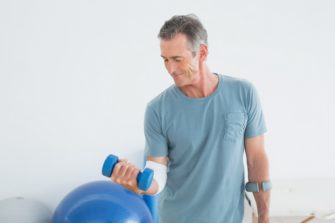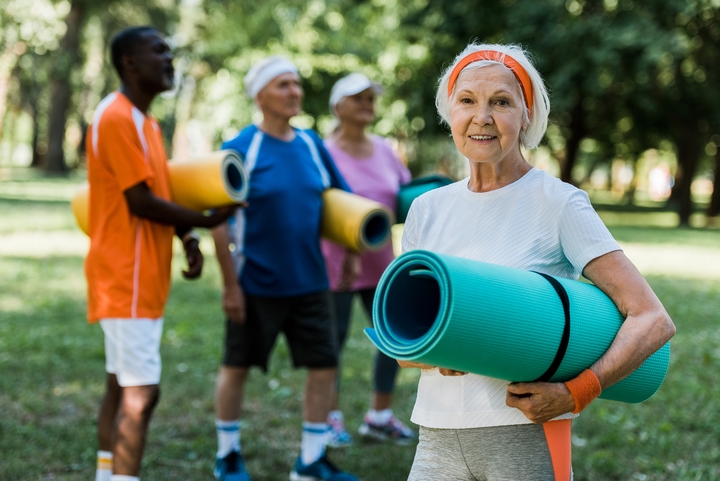
It’s no secret that exercising for the elderly can be quite challenging. Many older adults may not exercise without proper guidance, risking their health. As a caregiver or health specialist, you’re better positioned to motivate older people to exercise.
You can never get too old for exercise. You only have to stay encouraged through different phases of old age. By reading this blog post, you’ve understood ways to boost the elderly to exercise as a caregiver, fitness coach, or a senior. Remember not to put excess pressure on them as it may harm their health.
Let’s learn how to encourage the elderly to exercise:
Exercises for the Elderly
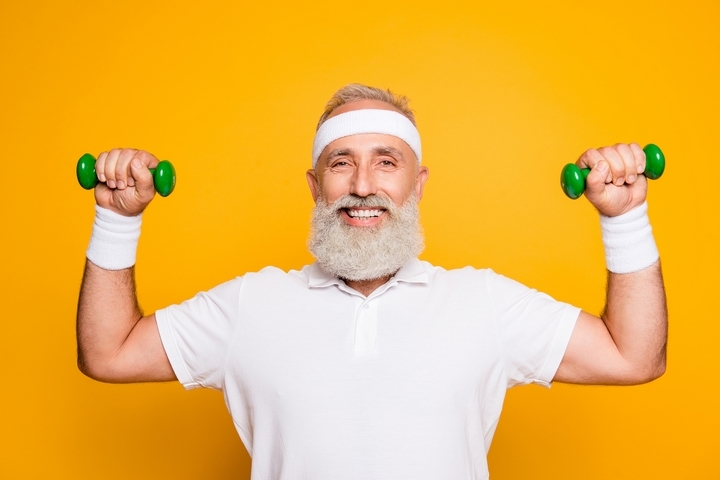
Some exercises are ideal for older adults, while others might harm their health. The best exercises include walking, tai chi, tennis and other low-energy sports, aqua aerobics, lawn bowls, yoga, and breathing exercises.
You can also incorporate stretching, balance exercises, chair squats, and leg lifting.
Complex movements, heavy weight lifting, high-impact aerobics, and excessive cardiovascular activities are highly discouraged for the elderly. If you have mobility problems, you can limit the exercises to gentler activities. Even taking a stroll with rolling walkers is considered a form of healthy exercise for seniors.
Nature Walks
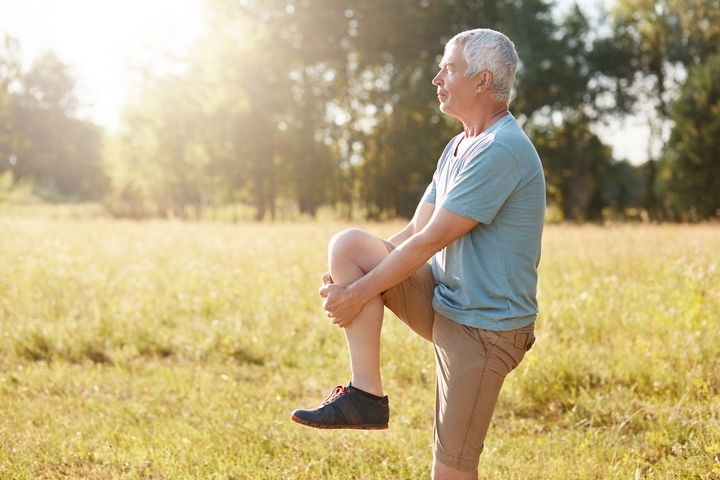
You can encourage older adults to exercise through nature walks across the care home or neighbourhood. Walking is a low-impact exercise that doesn’t exert high pressure on the legs and other joints.
Through walking, the elderly can enjoy beautiful sites across the environment. This helps to increase the production of the ‘happy hormones’ (endorphin, oxytocin, dopamine, and serotonin). Walking enhances mobility and flexibility during old age, making them more independent towards various essential tasks.
Exercise Group
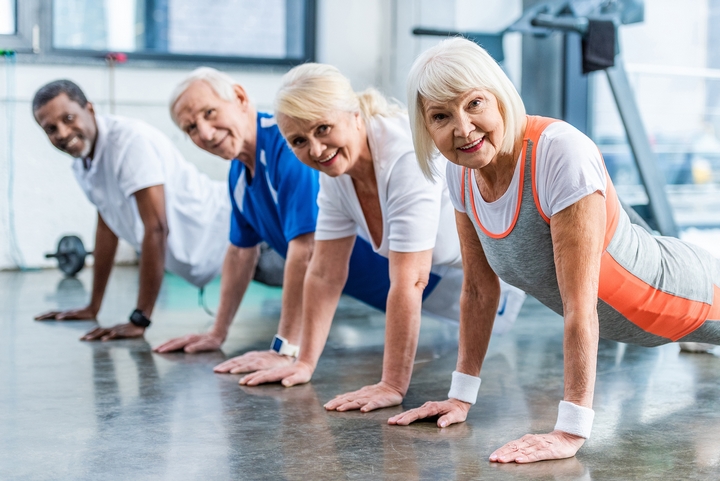
Unity is strength, right? Creating an exercise group for older people is naturally encouraging as they can become each other’s motivation. It may be more difficult to exercise all alone than when in a group.
The health specialists or nursing assistants can develop group elders and offer to allocate them various exercises to undertake alongside a supervisor or coach. By the end of the day or month, everyone will likely have exercised more than they could. You should be careful with the grouping to avoid resentment.
Slow Exercises
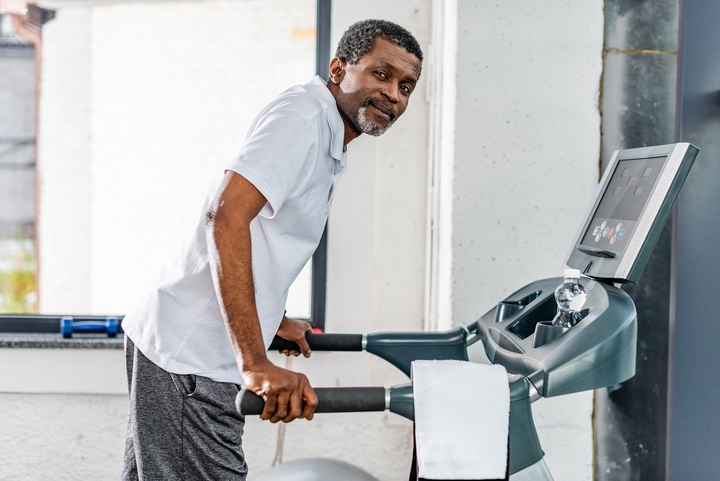
While exercising has plenty of benefits, this doesn’t happen overnight or within a short period. As a caregiver, you should take the elderly slow with the exercises to prevent straining their muscles and various accidents.
Taking them slow means you should start with significantly low-energy activities, progressing to the medium ones. With each activity, ensure they have enough time to learn and benefit before shifting to the next. Slow and steady exercising keeps older adults encouraged to do more and better.
Fun Exercises
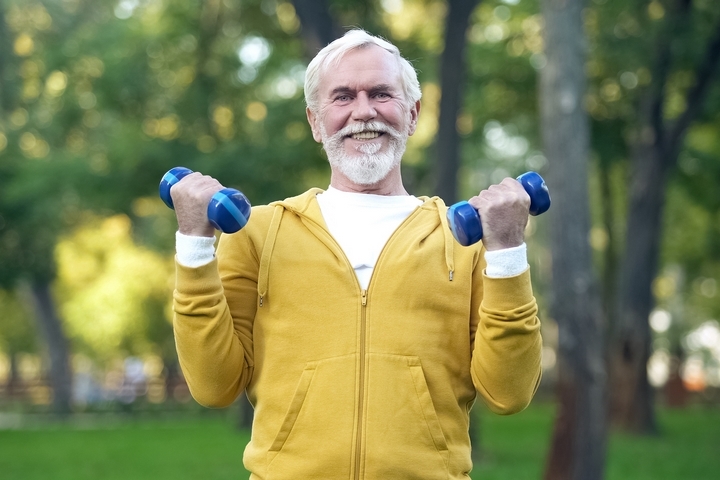
Exercising doesn’t have to be so formal like in the gym. You can make it more fun with the elderly to keep them encouraged. Different ways to add fun to elderly exercises include music, signing them up to a local fitness club, taking the experience outdoors, and incorporating other generations.
Exercising can also be transformed into different challenges and rewards to develop a sense of encouragement.
Exercise Gear
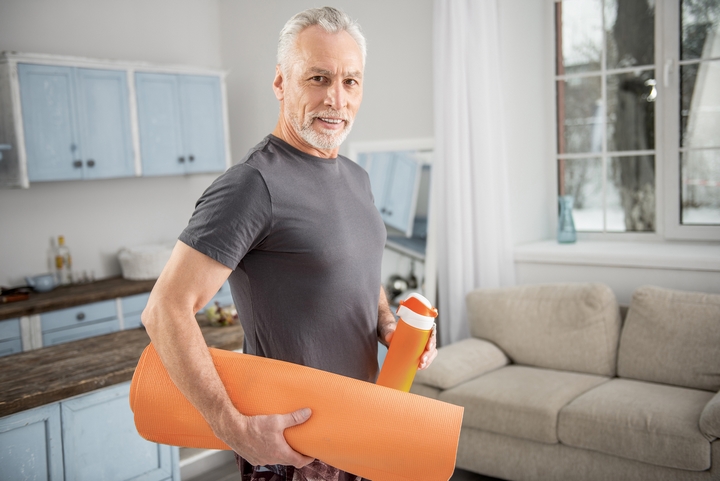
Exercising for older people would be more fun with the right gear and supplies. You can encourage your group by offering them different exercise equipment. These include water bottles, exercise software applications, heart rate monitors, flexible shoes, and safety gear.
Other exercise gear and supplies for older adults include balance boards, walking aids, exercise balls or balloons, hand weights, and resistance bands. Whichever equipment or gear you offer, ensure to train them about it to prevent potential accidents.
Rest After Exercise
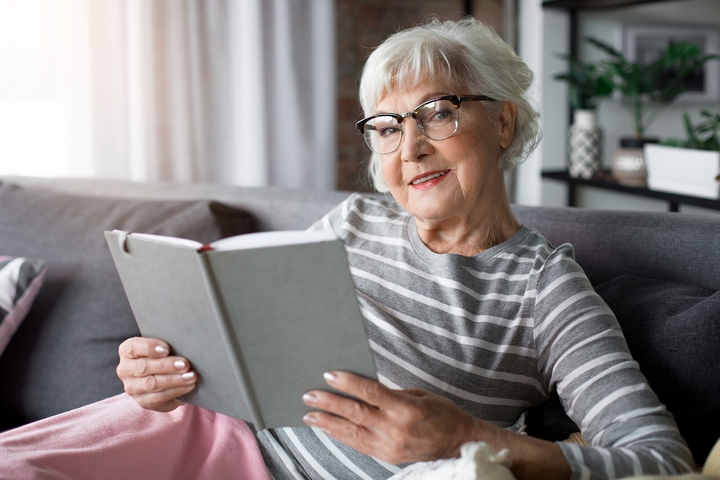
Rest is essential in exercising. You should ensure your team of elderly persons get enough rest before and after the exercise. It will keep them motivated whenever you have a session together as they’re fully energized and focused.
Resting means taking some days off from medium-energy exercises and replacing them with low-energy or relaxation. It also means they should get enough hours of sleep alongside a healthy diet and lifestyle.
Be Encouraging
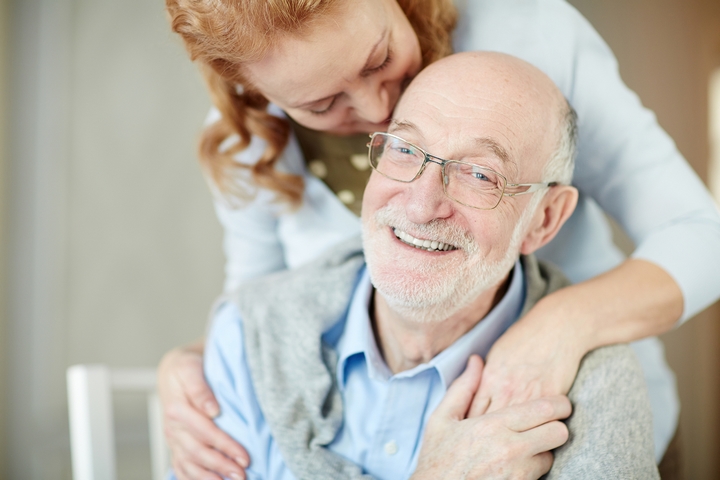
While there are many ways to encourage the elderly to exercise, your words substantially influence their success. That’s why you should be careful with what you say to them, as it can be encouraging or demotivating. You can offer encouragement and applause whenever they exercise more actively, such as “That was wonderful,” “You’re getting it,” or cheer them.
Sometimes, your team may not be as energetic as usual. However, it’s wrong to condemn them as every elder could have different reasons to feel so. Instead, you should seek to understand their feelings and motivate them for a better tomorrow.
Exercise Their Hobbies
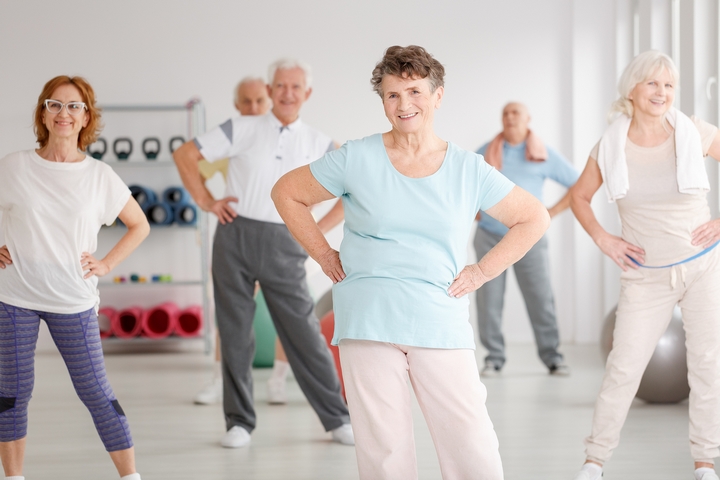
Another effective way to encourage older adults to exercise is by recognizing and letting them practice their hobbies. Many hobbies involve physical activities, which can be transformed into exercises.
Activities like arts and crafts, cooking, gardening, dancing, or singing serve as exercises for better mobility, socialization, heart, and mental health. You can discover everyone’s hobbies by asking them or watching what they love doing in their free time.






